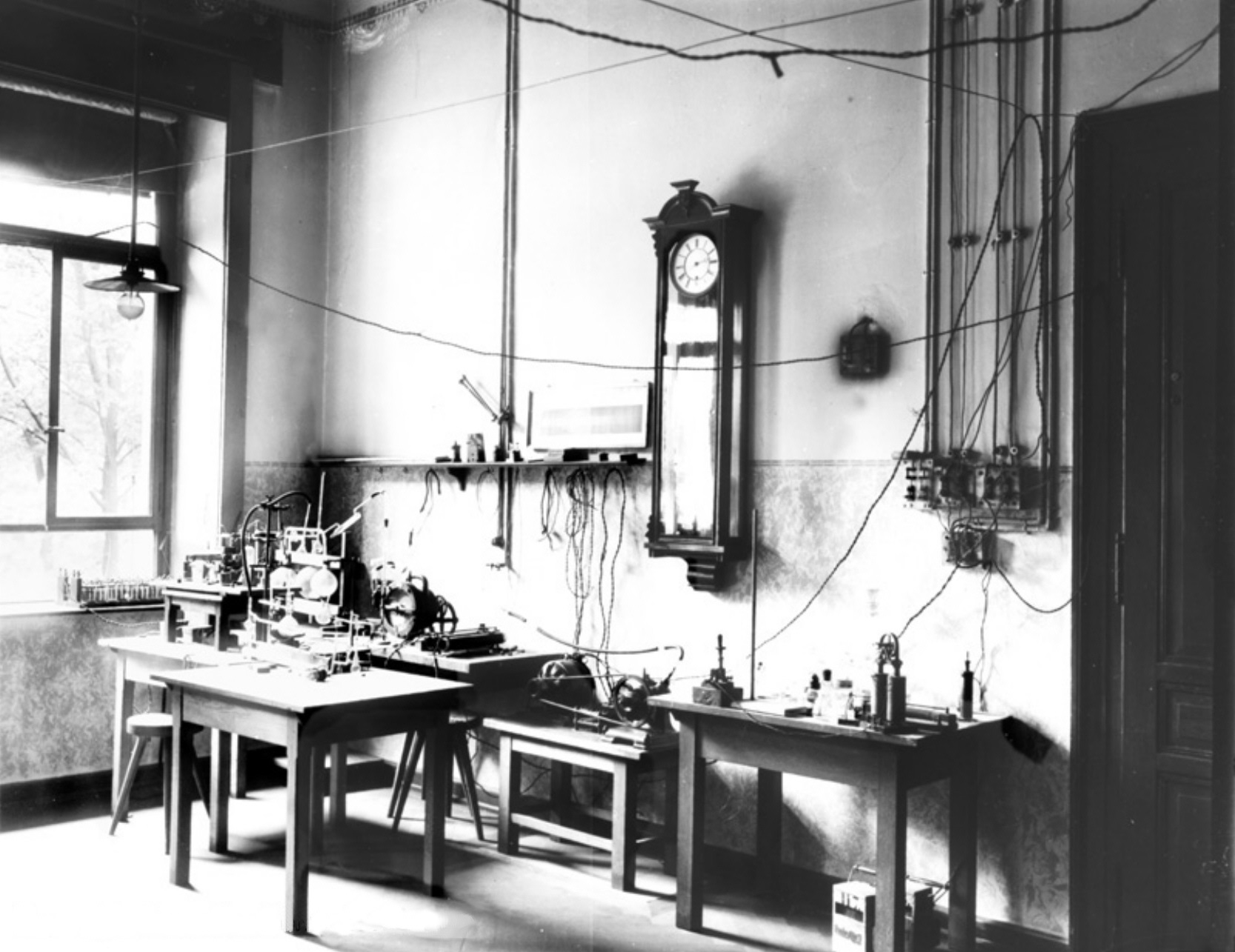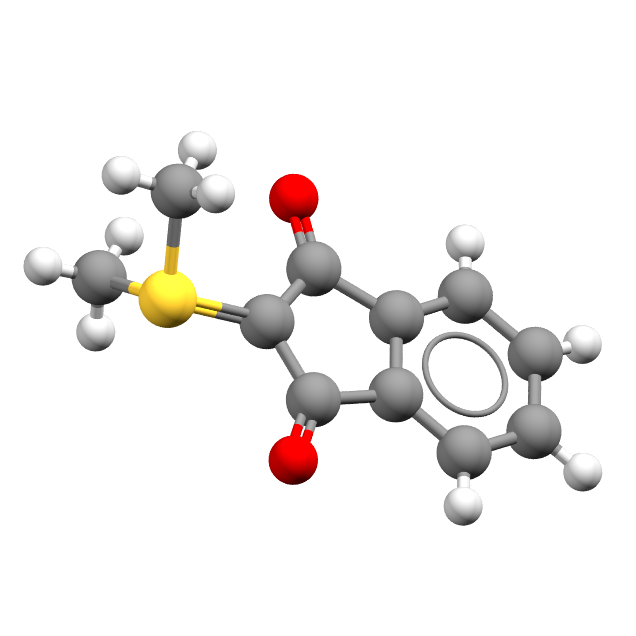Roentgenium
Roentgenium:

Image showing the room where the German mechanical engineer and physicist, Wilhelm Conrad Röntgen, discovered X-rays (credit: Wikimedia commons).
Facts about Roentgenium:
- Roentgenium: A synthetic element that is not found in nature but is extremely radioactive with a half-life of under two minutes. The half-life is the time it takes for exactly half of the substance to decay.
- Fun fact about Roentgenium: Roentgenium was first observed in 1994, and is considered to be a transactinide element and is in Group 11 of the periodic table, along with copper, silver and gold. Transactinide elements are also called super heavy elements and are found at the bottom right of the periodic table.They are all radioactive and have only been obtained synthetically in laboratories.
- Chemical symbol: Rg
- Atomic number: 111
A crystal structure celebrating Roentgenium:

This is the structure of a compound which is often used as a test sample for X-ray diffractometers, the instrument used to determine what is inside a crystal.
Facts about this structure:
- Formula: C11H10O2S
- Structure name:2-Dimethylsulfuranylidene-1,3-indanedione
- Fun fact about the structure: Crystals of this compound, known to crystallographers as “the ylid,” are often ground into spheres and used as test samples to calibrate X-ray diffractometers. We chose this structure which helps crystallographers “discover” the X-rays from their equipment, to commemorate Röntgen who discovered X-ray radiation.
- CSD refcode: MSULIN04 (What’s this?)
- Associated publication: I.A.Guzei, G.A.Bikzhanova, L.C.Spencer, T.V.Timofeeva, T.L.Kinninbrugh, C.F.Campana, Crystal Growth and Design, 2008, 8, 2411, DOI: 10.1021/cg701260p
More about Roentgenium:
Roentgenium is named for Wilhelm Conrad Röntgen who discovered X-ray radiation in 1895, and won the first Nobel Prize in Physics for this achievement in 1901. X-rays play a crucial role in determining the structures of crystals; less than 20 years after their discovery, the first crystallographic experiment was performed!
Learn More About the International Year of the Periodic Table (IYPT) in Crystals Project:
This project (#IYPTCrystals) is part of the International Year of the Periodic Table celebration (#IYPT2019), read more about the project here.
You can follow us on social media; search for #IYPTCrystals or follow The CCDC on X @ccdc_cambridge on Facebook ccdc.cambridge, on Instagram ccdc_cambridge or on YouTube CCDCCambridge.
Understand some of the terms and concepts used with our Frequently Asked Questions page here.
A 3D visualization showing Roentgenium in real crystal structures: